VFX is all about trickery. Fooling people into thinking that a bunch of 2D flat images are a 3D volumetric effect. Replicating accurate fluid physics with 2D sprites is very difficult, so more often than not you'll be making an abstracted representation of an explosion, rather than something that looks accurate to the real world. This freedom from trying to make it look real is both the best and worst thing about VFX, because it means that you are in complete control of how you want your effects to look, but it also means you're working from the ground up, and you have to try and come up with your own way of representing fire and smoke that's within the limitations of your game engine.
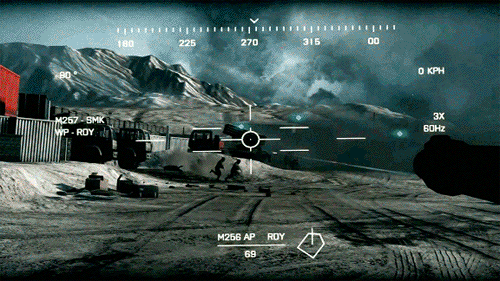 |
| Does it look real? Not particularly. Does it look cool? Hell yea! |
While there is no one way to do anything in FX, I've come up with the 3 most important aspects of what defines how an effect looks and feels.
-Volume
-Texture
-Motion
If you have a solid grasp on all three of these concepts, then you'll be able to make spectacular looking FX.
Volume:
As I said, unless your engine supports fully 3D fluid simulation, all you have to work with are 2D planes to create your FX. So you need to trick people into thinking that the effect is still volumetric. There have been some technical advancements to help you achieve that.
Since particles are 2D planes, when they intersect with objects they would create a very obvious line, ruining the effect. It's possible to hide the line by creating many more particles, but that's inefficient and not at all an ideal solution, hence why Soft Particles were created.
 |
| With and without soft particles. |
Soft particles work by blurring that harsh edge where the particle intersects with an object, making it look more like a volumetric cloud than a flat image. The effect still has it's limitations though. Trying to soften the edge of a very large particle may reveal the edge.
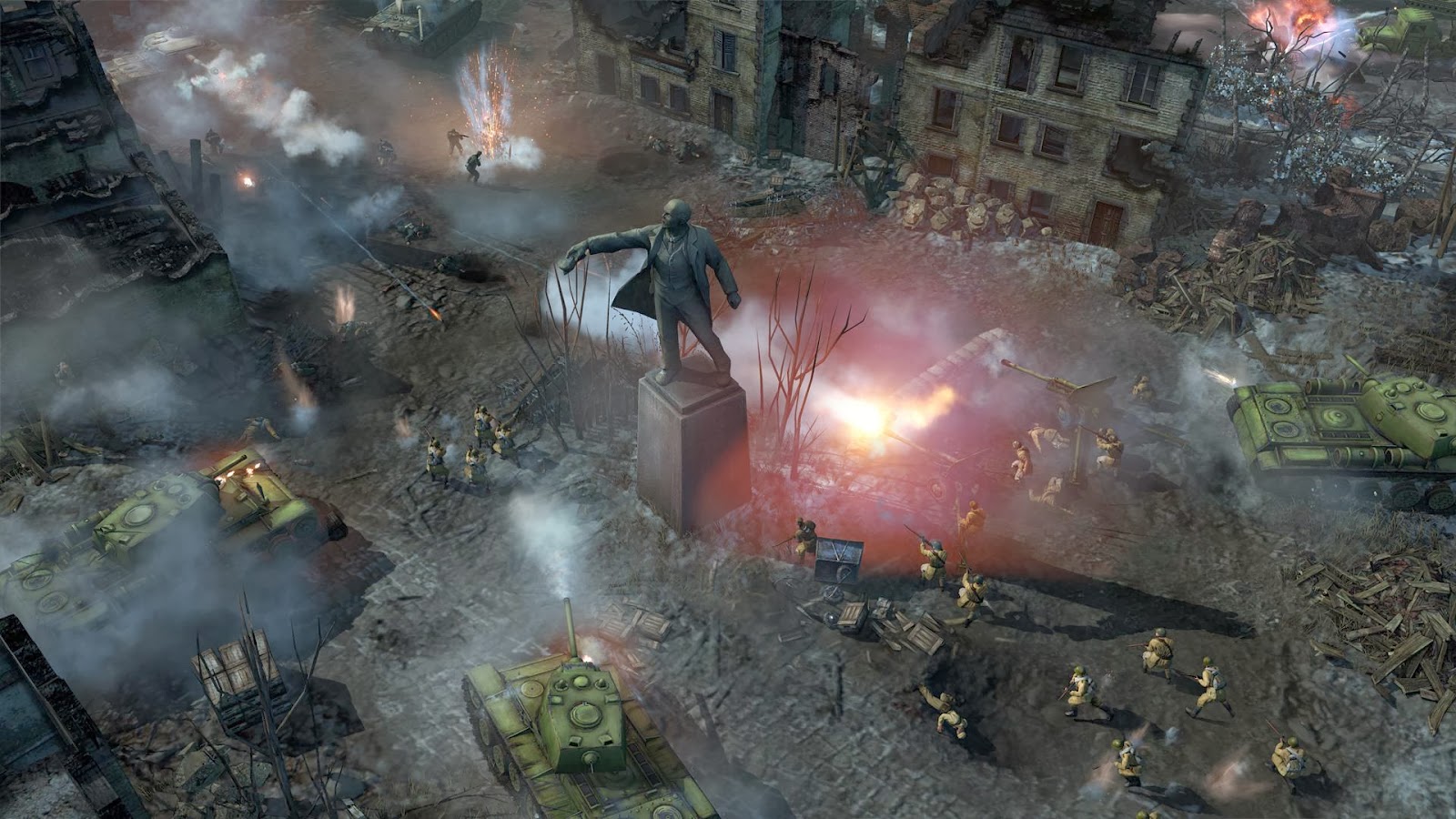 |
| Note how the pink glow from the explosion can be seen intersecting with the statue of Lenin. |
Another technical advancement is Particle Illumination, or particle shadows. This effect applies a gradient of shadow across the particle plane, making it look as though it is being illuminated by the local light source.
Shadows and lighting can really give your effect a sense of depth. As you can see in the Battlefield 3 image at the top of this post, the light of the explosions shining through the smoke makes it feel real and tangible.
But to achieve volume requires more than just technical tricks. Volume is all about balancing your particle count to achieve the greatest sense of depth while retaining the design and look that you want to achieve. Using a ton of particles gives a lot of volume, but it can become cluttered and you'll lose control over what the particles are doing.
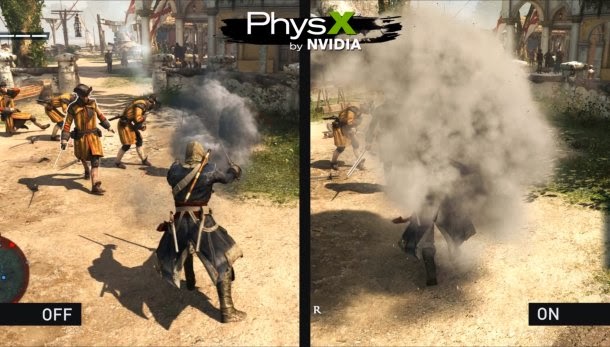 |
| Turns out you can have too much of a good thing. |
Using fewer particles that have a more specifically designed texture is the best way of achieving volume.
Texture:
Now when I say Texture, I'm not referring to the actual textures you are using in your particle (though those ARE an aspect of the particle's overall texture) I'm talking about the level of visual noise and fine detail in the effect.
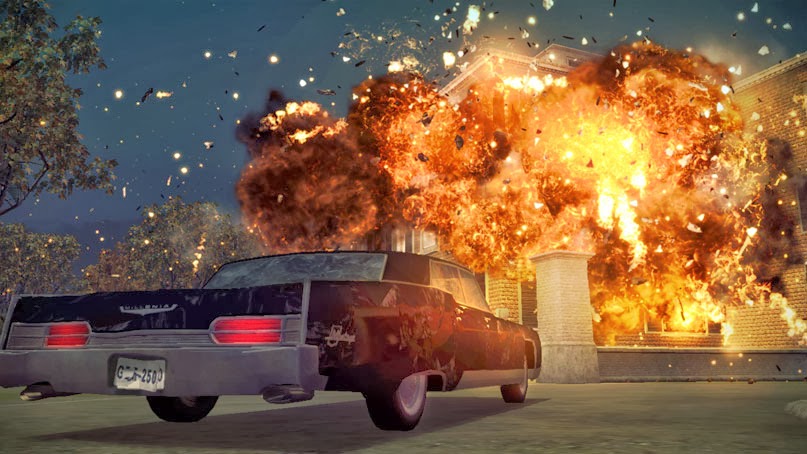 |
| An effect with a HIGH amount of texture. |
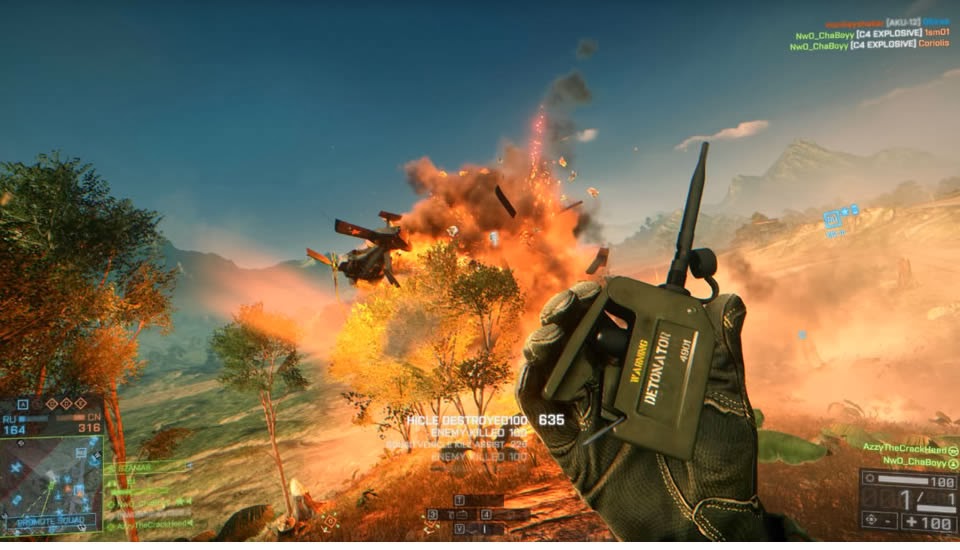 |
| An effect with a LOW amount of texture |
Texture manifests itself from the quality of the materials you're using, as well as how intricate of detail you get into when creating the effect. Highly textured effects tend to look more crisp and intricate, while low detail effects feel more generalized and vague. High detail is about giving you a visual show, and low detail is more about giving the
feeling of the effect.
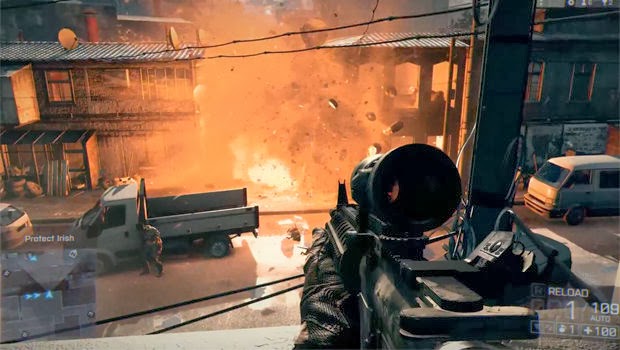 |
| I can tell there's an explosion going off, but I can't tell what it looks like. |
Having intricate high quality particle materials will give you more visual texture, but it will also make the material more situational. You wouldn't be able to use it for as much as a vaguer more generalized material. A more simplistic texture could be used for all kinds of things. Games like Grand Theft Auto 4 use the same texture for the bursts of flame from an explosion as the smoke that follows, all they have to do is simply color it bright orange.
A game like Company of Heroes, on the other hand, has highly specialized particle textures. They have multiple different types of bursts of sparks, jets of smoke, thick debris, thin debris, etc etc etc. It's more work, but it allows them to really sculpt out the look of the effect.
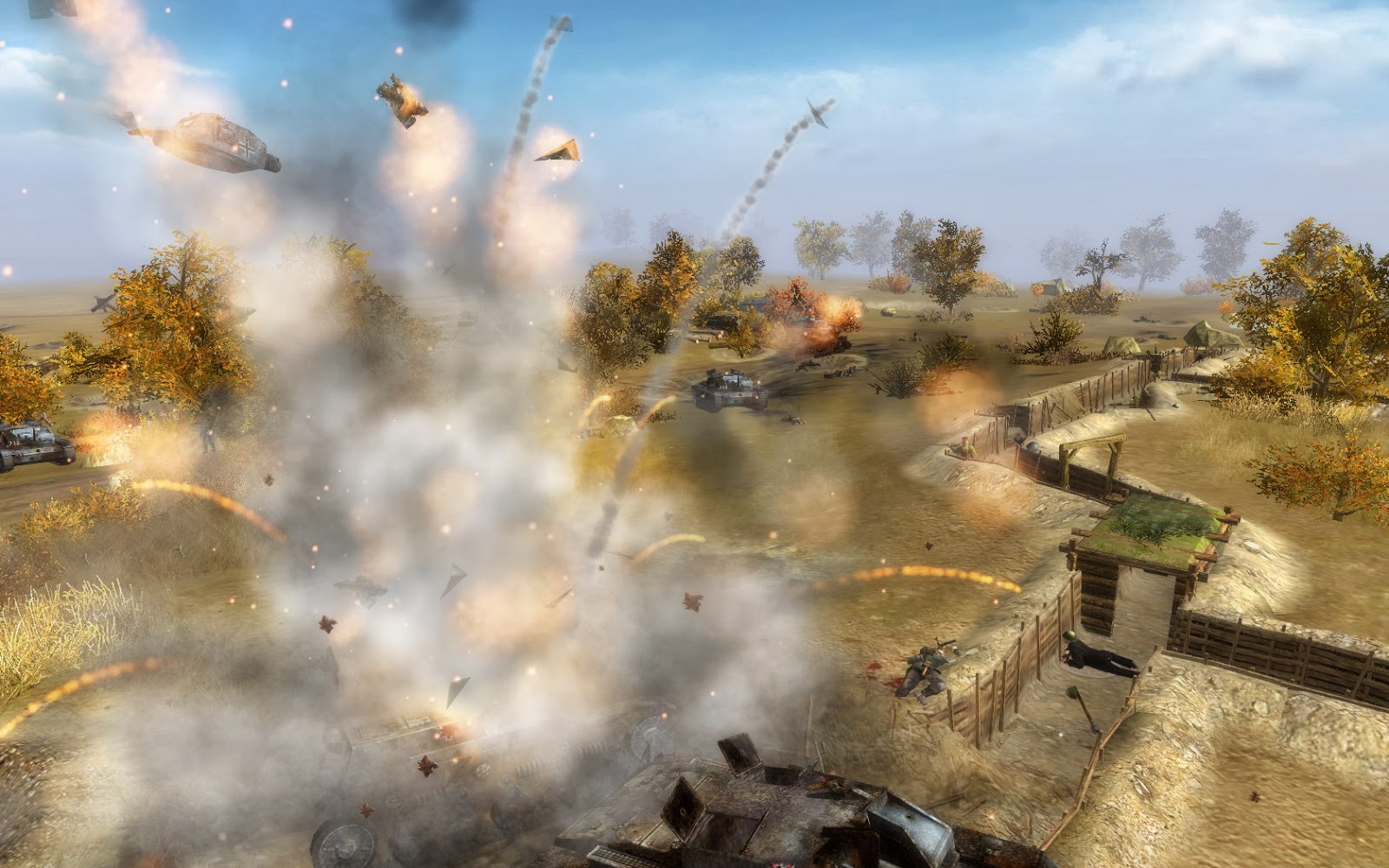 |
| Men of War. This game came out in 2009?! |
Like volume, it's also possible to have
too much texture. Throwing too many sharp elements into an effect can make it look messy and unpleasant.
Motion:
Motion is all about how the different elements of your effect move. Motion is the biggest contributing factor to how an effect 'feels'. You can make things feel impactful, flowing, crunchy, pillowy, etc. Feel is a very vague concept, but there is no question that it exists, and trying to get control over how you want something to feel is the biggest challenge in VFX.
Offsetting elements by a fraction of a second can be the difference between a weak effect and a powerful one. Notice in the image above how the first element of the effect is a large vertical flame, then the shockwave, and only after all that does the dust cloud kick up. It doesn't happen all at once. This progression of elements in the effect makes it really feel like the explosion is ripping the ground up from the earth.
 |
| Making an effect expand quickly, then retract helps add punch. |
You also want to have a variety of motions within the effect. You may want it to start with a punch, the move to something more flowy. Mix billowing smoke with scuttling sparks. Have some effects plume outward while others flash and retract. Giving your effect a range of motion will make it feel more like a combination of the different elements that created it.
Bad motion is instantly recognized. It will make your effect feel bland, awkward, or unfitting. Spawning everything at the same time can make it feel abrupt. Not giving the effects a unified motion will make it feel like an obvious simulation. People won't become interested with the action onscreen if your motion is boring.
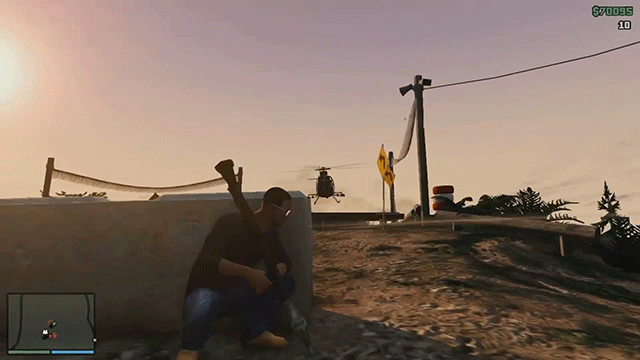 |
| It's supposed to be an explosion, but it just doesn't feel like one. |
Volume, Texture, and Motion are what set spectacular effects above bland ones. If you can master these concepts, learn to balance them based on your personal preference and keep them within the limitations of your engine, you'll be able to create amazing looking particle effects.


















No comments:
Post a Comment